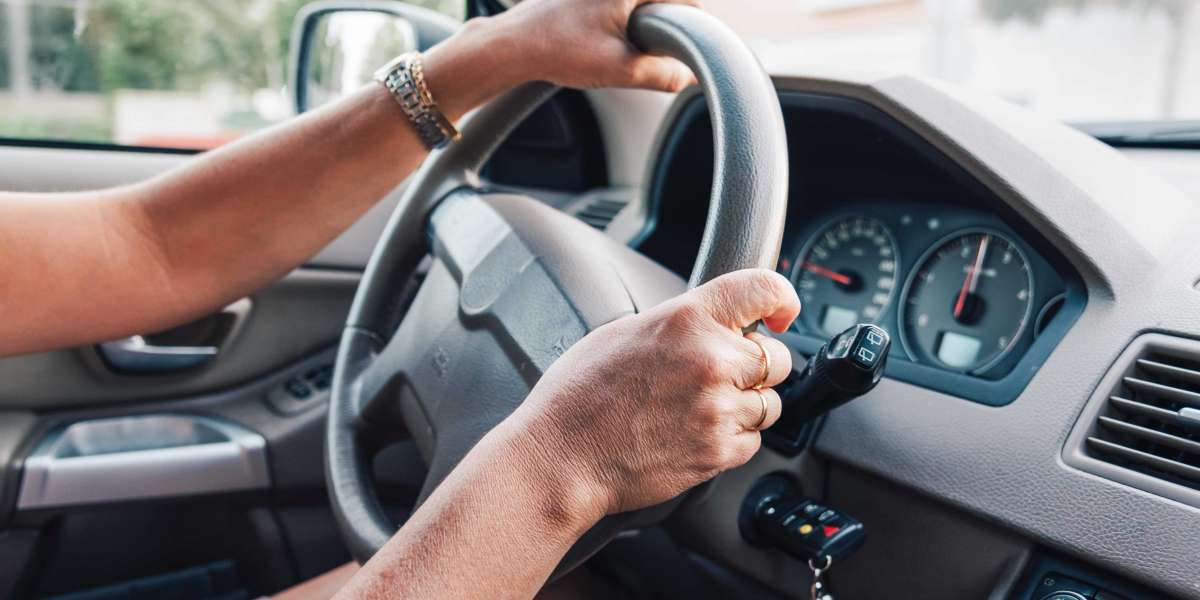Coffee lovers often find themselves caught in a delightful debate: what are the differences between cold brew and espresso coffee? Both beverages have unique characteristics, brewing methods, and flavor profiles that cater to different preferences. In this article, we will explore these differences in detail, helping you understand which brew might be your next favorite.

Brewing Methods
The first major distinction lies in the brewing methods used for cold brew and espresso. Cold brew coffee is made by steeping coarsely ground coffee beans in cold water for an extended period, typically 12 to 24 hours. This slow extraction process results in a smooth, less acidic beverage that many enjoy over ice.
On the other hand, espresso is brewed using a high-pressure method that forces hot water through finely ground coffee. This process takes about 25 to 30 seconds and produces a concentrated shot of coffee with a rich crema on top. The rapid extraction of flavors in espresso creates a bold and intense taste that is quite different from the mellow notes of cold brew.
Flavor Profiles
When discussing the flavor profiles, the differences between cold brew and espresso coffee become even more pronounced. Cold brew tends to have a naturally sweet and smooth flavor, often described as chocolatey or nutty. This sweetness is a result of the cold extraction process, which minimizes bitterness.
Conversely, espresso offers a complex flavor profile that can include notes of caramel, fruit, and even floral undertones. The high-pressure brewing method extracts oils and compounds that contribute to its rich taste. If you prefer a coffee that packs a punch, espresso might be your go-to choice.
Caffeine Content
Another important aspect to consider is the caffeine content. While a single shot of espresso (about 1 ounce) contains approximately 63 mg of caffeine, cold brew coffee typically has a higher caffeine concentration due to its brewing method. A standard 8-ounce serving of cold brew can contain anywhere from 100 to 200 mg of caffeine, depending on the coffee-to-water ratio used during brewing.
However, it’s essential to note that serving sizes differ. If you consume a larger volume of cold brew, you may end up with a higher caffeine intake compared to a single shot of espresso. Understanding these nuances can help you make informed choices about your coffee consumption.
Conclusion
In summary, the differences between cold brew and espresso coffee are significant and cater to various tastes and preferences. Whether you enjoy the smooth, sweet notes of cold brew or the bold intensity of espresso, both beverages offer unique experiences. For those looking to dive deeper into this topic, you can find more insights at this link.
Ultimately, the choice between cold brew and espresso comes down to personal preference. Experiment with both to discover which one resonates with your palate. Happy brewing!








